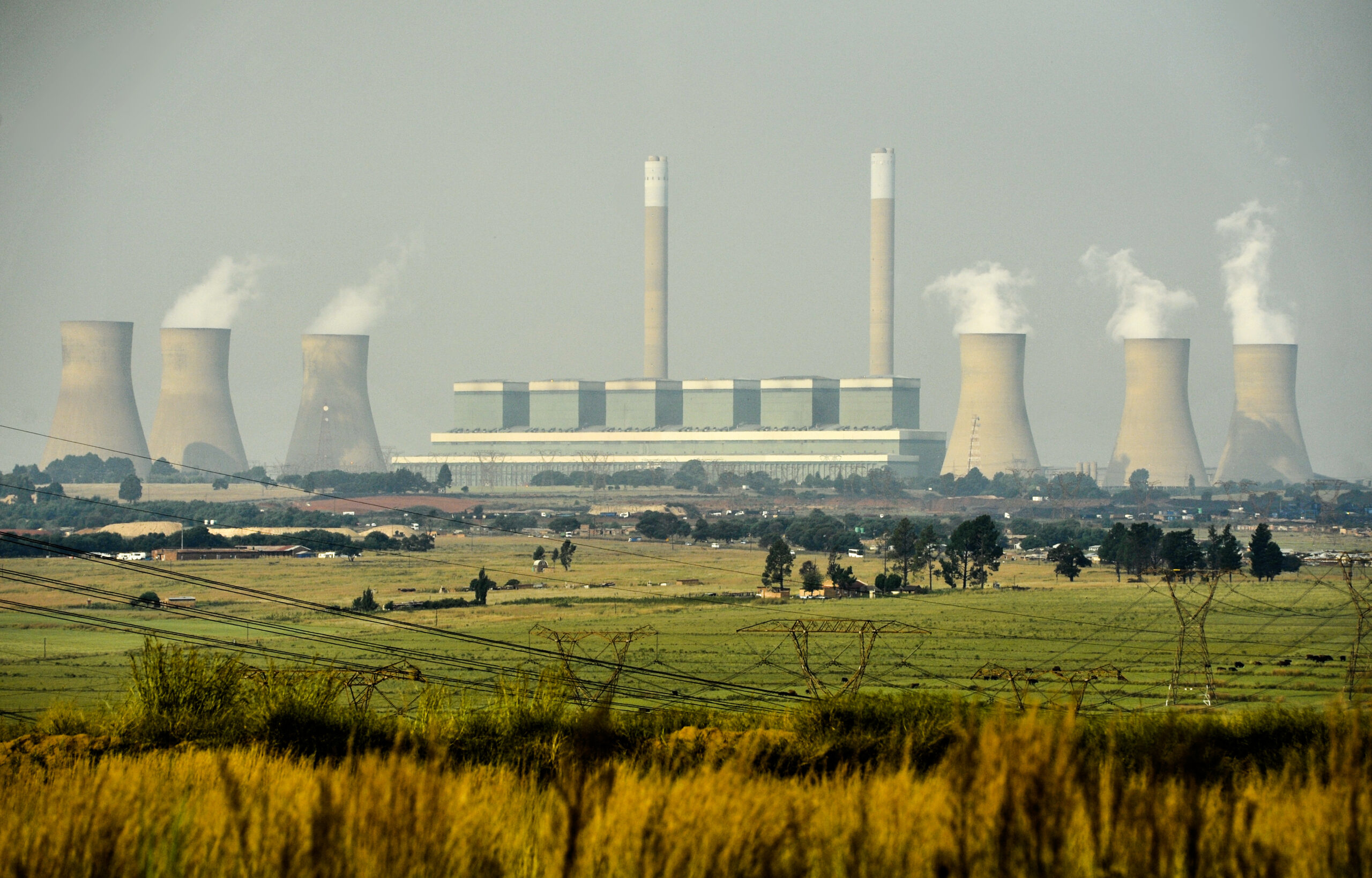Paving the way for the ‘next frontier’ of the energy transition
The International Institute for Sustainable Development (IISD’s) report published last week highlighted the integral role of energy storage to address load shedding and underpin a robust green energy transition. Storage, such as grid-scale batteries, can “quickly add flexibility and resilience” to South Africa’s fragile power system – currently debilitated by a failing coal fleet and grid constraints – it said.
Subsequently, the report’s fundamental recommendation is for national and municipal governments to prioritise grid battery planning and deployment. South Africa must also create a supportive and enabling environment to facilitate the implementation of these projects, the IISD said.
Energy storage projects are taking off — but not fast enough
While South Africa’s deployment of new grid storage is only just beginning — and at a much slower pace than required – there are a number of projects underway. An Eskom survey published in June revealed that of the 66 GW of wind and solar projects at various stages of development in South Africa, 26.5 GW of projects are planned to couple with battery storage.
The IISD report also highlights some of the storage projects in progress, for example, the City of Cape Town is investing ZAR 1.2 billion in a 60 MW combined solar PV and battery storage project. Storage will also be included in repowering at four decommissioned coal-fired power stations: Hendrina, Komati, Camden and Grootvlei. However, much more needs to be done, and quickly, the report stressed.
Storage the next frontier of the energy transition
Energy storage is widely recognised as the next frontier of the clean energy transition as a complementary technology to renewable energy generation, said the IISD. However, it is important to acknowledge that for South Africa’s power system, storage systems can offer much more than this function.
The wide-ranging benefits include quickly reducing grid demand, smoothing out load shedding and even deferring the need for some grid expansion. Moreover, energy storage allows for more efficient use of existing power plans, as they can be charged by excess power supply that would otherwise be lost.
Therefore, stakeholders and decision-makers in the energy sector must recognise these multiple benefits to South Africa’s energy system and prioritise planning and deployment accordingly. Furthermore, an optimal rollout strategy must consider factors such as costs, location, capacity, duration, battery chemistry and local value chain potential to get the most value from storage system deployment, said the IISD.
The PCC agrees that renewables and storage can multi-solve South Africa’s crises
In May, the Presidential Climate Commission (PCC) published its recommendations for the “least cost” electricity pathway for the country, and concluded that renewables and storage dominate the solution. “In the short term, the least cost, no-regret option remains renewables, batteries, and balancing and peaking support… Not only are these the cheapest, secure options, but they are also the only options with build times short enough to make a meaningful impact on load shedding”, the report read.
Not only do storage systems and renewables bolster energy security, lower bills and create jobs, they are also the most powerful tool to combat the climate crisis. With record global temperatures and increasingly extreme weather threatening food production and economic stability, investing in a renewable-based economy is South Africa’s “once-in-a-century opportunity” to integrate climate action into long-term sustainable economic development.
Related Articles
The bad reason South Africa is making good on emissions targets
If current carbon emission trends continue, South Africa might actually be on track to meet its 2030 emissions targets under the Paris Agreement. This is according to research done by the Department of Forestry, Fisheries and the Environment (DFFE). And the reason for this? Mostly load shedding. The data was revealed in the DFFE’s 2023 […]
Eskom: Green energy saves water
Generating electricity from fossil fuels has a hidden cost: South Africa’s already scarce supply of fresh water.




